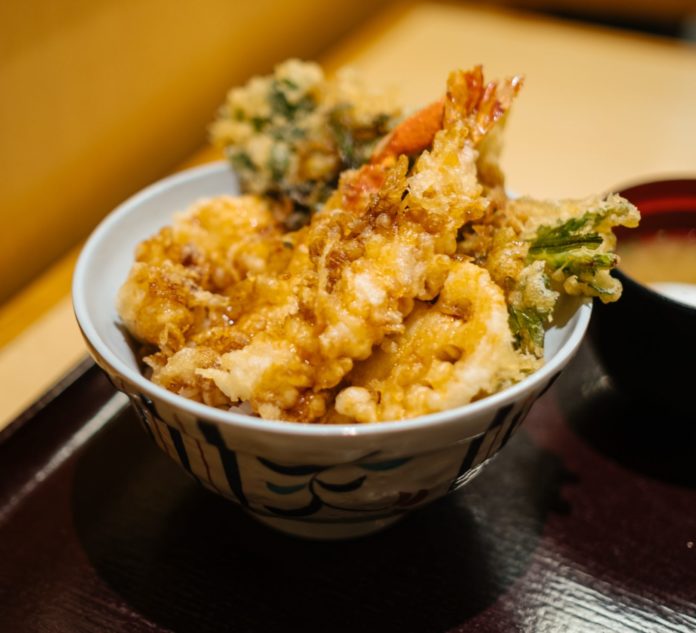You don’t often think of Japanese and Portuguese cuisine going together, but a quintessentially Japanese dish actually originated in the European country. Prior to the 16th century, deep-fried food in Japan was done with rice flour or nothing at all.
That all changed when Portuguese missionaries in Nagasaki introduced fritter-cooking with a batter of flour and eggs during periods when Catholics were to refrain from eating meat. In fact, the term “tempura” is derived from the Latin word témpora which refers to this time.
Centuries later, a variety of vegetables and seafood are used in tempura which is a classic component of Japanese cuisine. If you’re attempting to make your own, here are some tips to make it terrific.
Bubble Bubble
If you’re wondering whether your tempura is done, take a look at the bubbles. If the bubbles around the tempura are large, it means that there is still a lot of moisture in the batter and the item is not cooked through. Another way to tell is by holding the item with chopsticks while it is frying—if you feel big vibrations, it is not yet done.
Oil Slick
Even though tempura is cooked in a batch of oil, the item itself should not feel oily when eaten. To avoid an oil slick, pull each piece out of the oil slowly at an angle as this reduces the amount of oil that will cling.
Snack Time
Leftover batter? Turn it into something sweet! Place the batter in a squeeze bottle and drizzle it into the hot oil so it can become crunchy bits. Then, toss it in powdered sugar and serve it as an ice cream topping.






